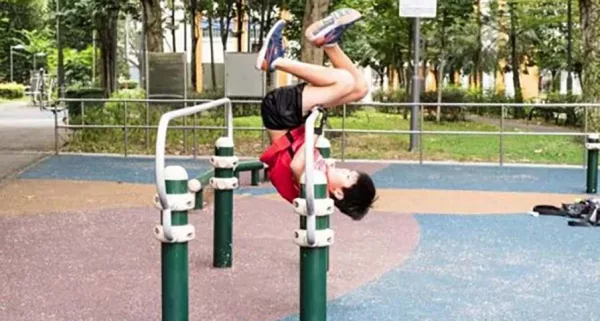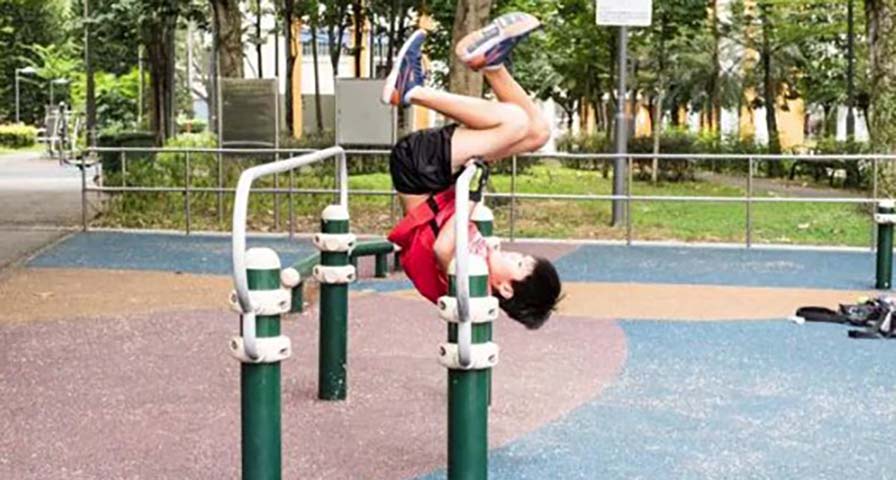Originally published July 18, 2022 by Healio.
By Rose Weldon
COVID-19 restrictions resulted in a 20% decrease in children’s levels of physical activity during the pandemic, according to the results of a systematic review and meta-analysis published in JAMA Pediatrics.
In an era when childhood obesity incidence is higher and arrives at younger ages, studies have shown that the pandemic was a challenge for children’s mental and physical health.
The author s of the new study noted that at the start of the pandemic, government-mandated social distancing restrictions were imposed across many countries, which “severely limited children’s access to regular physical activity opportunities.”
s of the new study noted that at the start of the pandemic, government-mandated social distancing restrictions were imposed across many countries, which “severely limited children’s access to regular physical activity opportunities.”
“Major outlets for accessing physical activity (eg, sports clubs, swimming pools, gyms, community centers) were closed, cancelled, or repeatedly interrupted,” they wrote. “Naturally enough, school closures also meant a reduction in active commuting, as well as a lack of access to recess play and physical education lessons, both of which provide viable opportunities to meet daily physical activity guidelines. Playground and other nature-based recreational facility closures also severely restricted access to outdoor and green spaces, which are key settings for childhood physical activity promoting play and socialization.”
In a review of 22 international studies that included 14,216 children, the researchers found that duration of engagement in total daily physical activity during the pandemic decreased by 20% (90% CI, 34% to 4%) — equal to a 17-minute daily reduction in moderate-to-vigorous physical activity.
“We found that longer durations between pre- and post-assessment were associated with larger reductions in physical activity,” they wrote. “It is possible that the cumulative toll of the pandemic has compounded over time to negatively affect children and adolescents, including their levels of physical activity.”
The authors concluded that “newly established levels of physical inactivity will be difficult to change,” and that the “gradual lifting of public health restrictions will likely be insufficient to facilitate increases in child and adolescent physical activity.”
“ findings underscore the need to provide bolstered access to support and resources related to physical activity to ensure good health and social functioning among children and adolescents during pandemic recovery efforts,” they wrote.
Make the IHT ZONE heart rate monitor part of your School's Student Wellness Program




